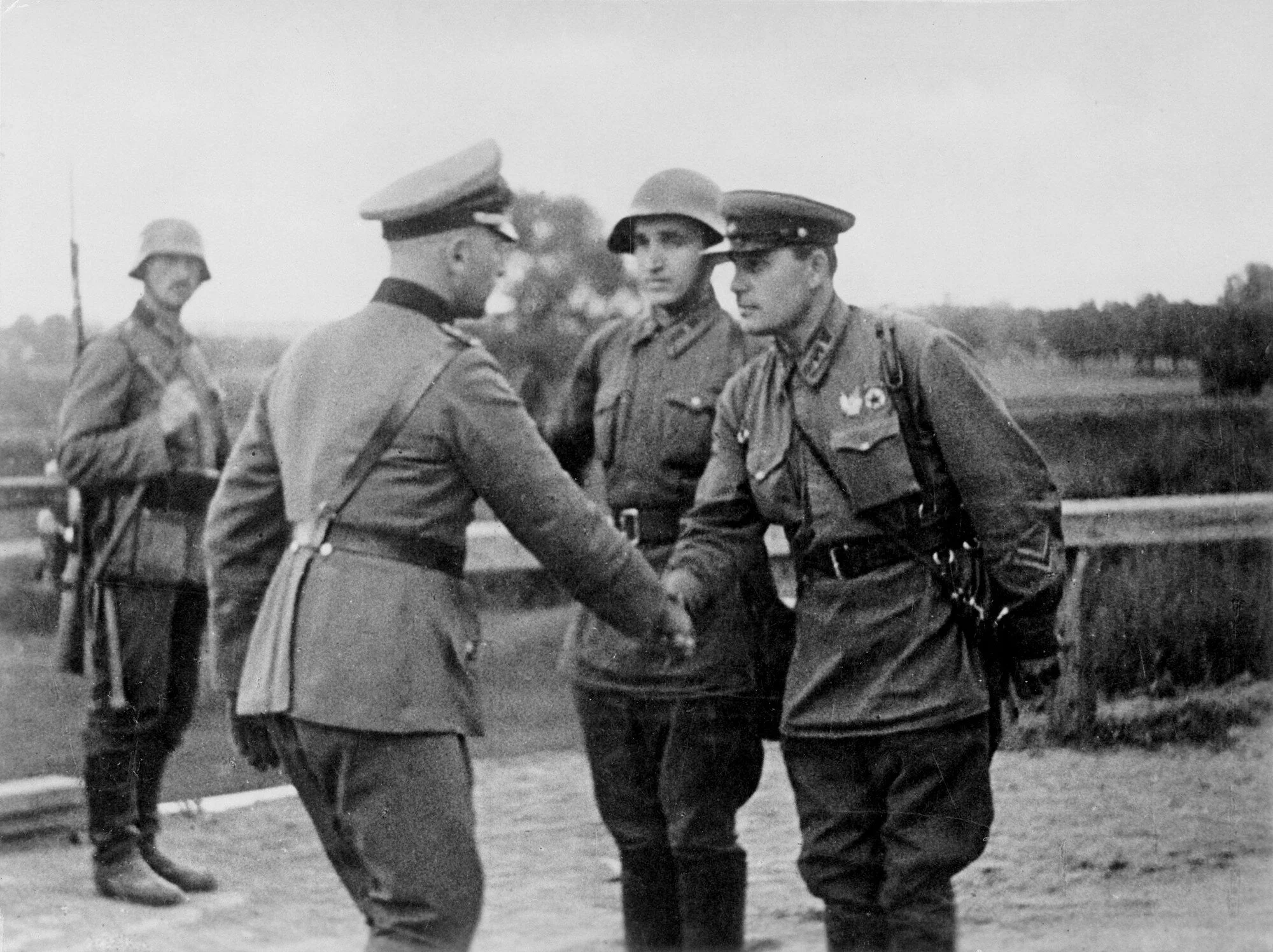The defeat of Germany in the Second World War has been a subject that has fascinated historians ever since the events occurred. The reasons behind this have been a hotly debated topic ever since, none more so than the balance between eastern and western theatres and the reasons behind the defeat in the Soviet Union.[1] However this picture has been obscured by two main issues, the extent of the involvement of the German Army (Heer) in atrocities in the USSR, the so called ‘clean Wehrmacht’ myth and Cold War politics.
Why did the Germany’s Total War against the Soviet Union cause such suffering to the civilian population
The German-Soviet War was a Total War, with the German state seeking the total destruction of the Soviet state, and the killing or enslavement its inhabitants. Which leads to the question of why was this war so destructive towards the indigenous population when Germany was seeking to gain the maximum resources from the region?
A Who Dunnit of the Soviet-German War - an exercise in source materials
One of the major issues with the historiography of the Soviet-German War is that German accounts of the war had an almost unchallenged run for over forty years between 1945 and 1991. Former German generals found a willing audience in American soldiers and historians who were struggling to counter the Soviet domination of Eastern Europe and the prospect of a Third World War.
The aim of this exercise is to demonstrate some of the problems with one-sided Germanicentric scholarship by examining one of those rare occurances, a divisional sized battle which has primary and secondary sources from both sides.
Logistics of the Combined-Arms Army — Motor Transport
Motor vehicles have always been regarded as an indicator of modernity, technological advancement, and industrial progress, right from the time of the first motor car in 1885. The Soviet Union was no exception, and there is an extensive Soviet historiography of the development of motor transport and its use during the German-Soviet War. The aim of this article is to put the wartime military and economic use of Soviet vehicles into a wider context, highlighting how mechanization was not the only important variable in successful logistics. The case study here will be the role of transportation in the logistics of a Soviet combined arms army (общевойсковая армия) utilizing detailed primary source material from the pamyat-naroda.ru website.
German Infantry Divisions of the Great War
Mobility was key to German plans at the opening of the Great War and yet I could find little about the establishment of Infanterie Divisionen in 1914, so this article aims to address the question of what transport was available to the hard marching men of the first summer of the war and comparing this to the forces of 1918.






